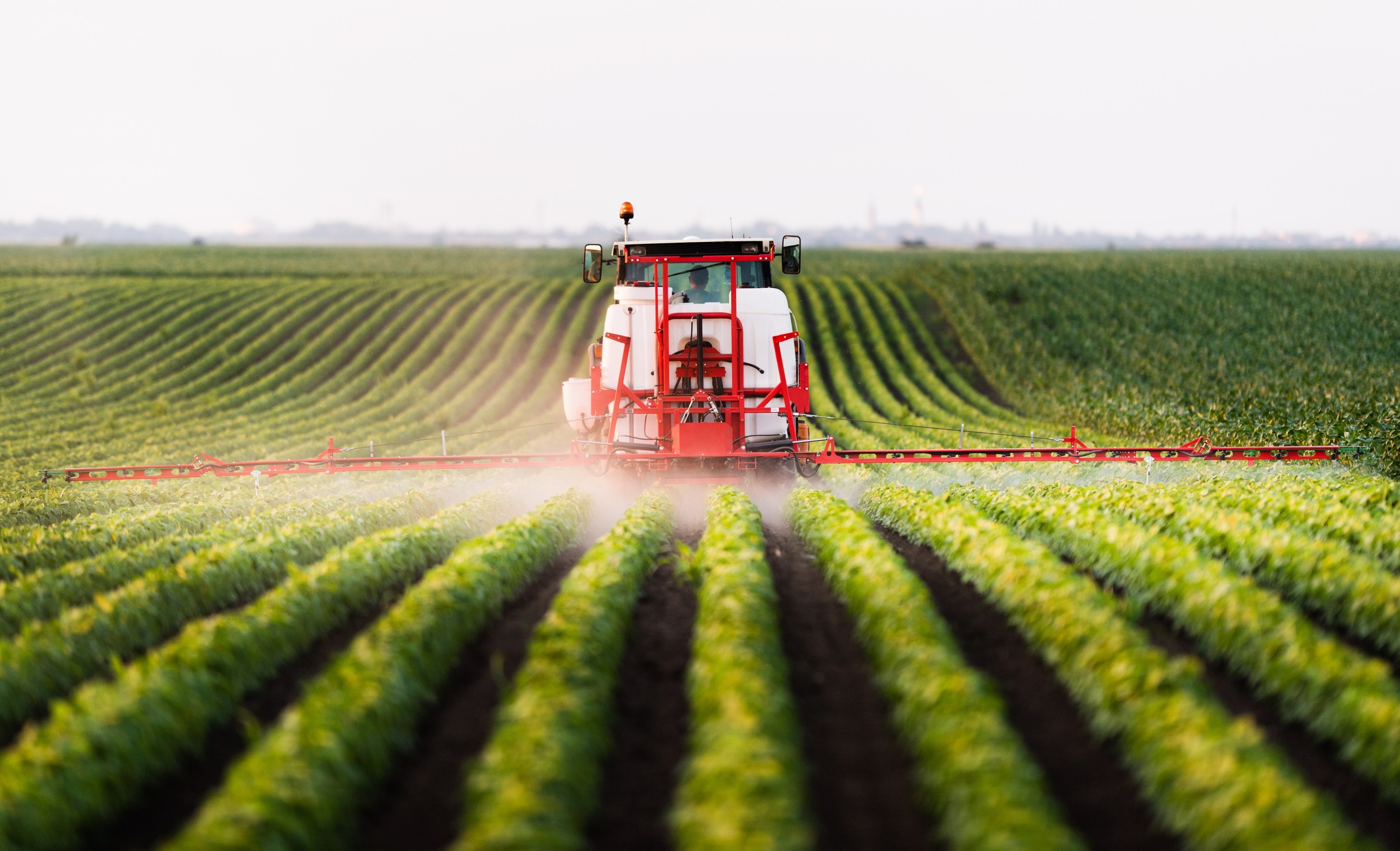With major food and grain companies cracking down on farmers spraying glyphosate on crops such as wheat, oats, and edible beans prior to harvest, the controversial practice may be phased out completely.
In July, Richardson International, Canada’s largest agribusiness, announced that starting next year it would no longer buy oats that had been sprayed with glyphosate, the main ingredient in Roundup herbicide, before harvest.
Another major oat buyer, Grain Millers, stopped buying glyphosate-treated oats in 2015. Grain Millers said the weedkiller disrupts the natural maturing process and starch development, resulting in lower quality flakes and flour.
Major food companies are also aiming to stop the use of glyphosate prior to harvest. In February, Kellogg’s announced that that due to consumer concerns about the weed killer, it would work with its suppliers to phase out using glyphosate as pre-harvest drying agent in its wheat and oat supply chains by the end of 2025. In 2019, General Mills announced, as part of its pesticide reduction strategy, that it would start contracting with farmers in Canada to produce oats without the using glyphosate before harvest.
The pre-harvest use of glyphosate allows farmers to harvest crops as much as two weeks earlier than they normally would, an advantage in northern, colder regions. Spraying the weedkiller kills the crop so it will dry sooner and produce more consistent yields. Farmers use glyphosate as a drying agent on wheat and oat crops in the upper Midwestern United States and Canadian provinces such as Saskatchewan and Manitoba. It is also used on edible beans in the upper Midwest and far west states like Washington and Idaho.
While the pre-harvest use of glyphosate may account for a small amount of overall use of the herbicide, which is primarily a weedkiller, this still has a huge impact. “It may be two percent of agriculture use, but well over 50 percent of dietary exposure,” says Chuck Benbrook, coordinator of the Heartland Study, which is examining glyphosate levels in pregnant women in the Midwest.
According to Benbrook, in order to allow farmers to use glyphosate/Roundup on wheat, oats, barley, edible beans, and other crops, Monsanto had to petition the EPA to raise the tolerances for glyphosate in those crops tenfold. The EPA did this back in the 1990s.
“Nobody paid attention to the tolerance petitions when Monsanto came in to raise the tolerance for glyphosate,” Benbrook says. “No one was paying attention to glyphosate residues in the diet, because there were none.”
Today there are residues as consumer advocacy groups have conducted several studies finding high levels of glyphosate in wheat, oat, and bean products. The Environmental Working Group has conducted several studies finding high levels of glyphosate in oat food products like granola, oatmeal, and snack bars. In one study, glyphosate was found in every sample of oat-based cereals and snack products. All but four of the 21 products contained levels of glyphosate higher than what EWG scientists consider protective for children’s health with an adequate margin of safety. More recently EWG commissioned laboratory tests that found glyphosate in more than 80% of non-organic hummus and chickpeas samples. Glyphosate is also used as a drying agent on chickpeas.
Glyphosate has also been under increased scrutiny since high profile trials over the herbicide’s link to cancer led to multi-million-dollar judgments against Monsanto.
Benbrook says the use of pre-harvest glyphosate will end.
“It’s just a matter of time. It makes absolutely no sense to spray any herbicide on a grain crop a week or 10 days before harvest, so that basically, the entire population is exposed on a near daily basis to another pesticide.”









